Lamu confounds. The most hardened of travel writers, the most extensively travelled of tourists are all rendered speechless by Lamu. It’s enchanting, unbelievable, spellbinding and addictive.
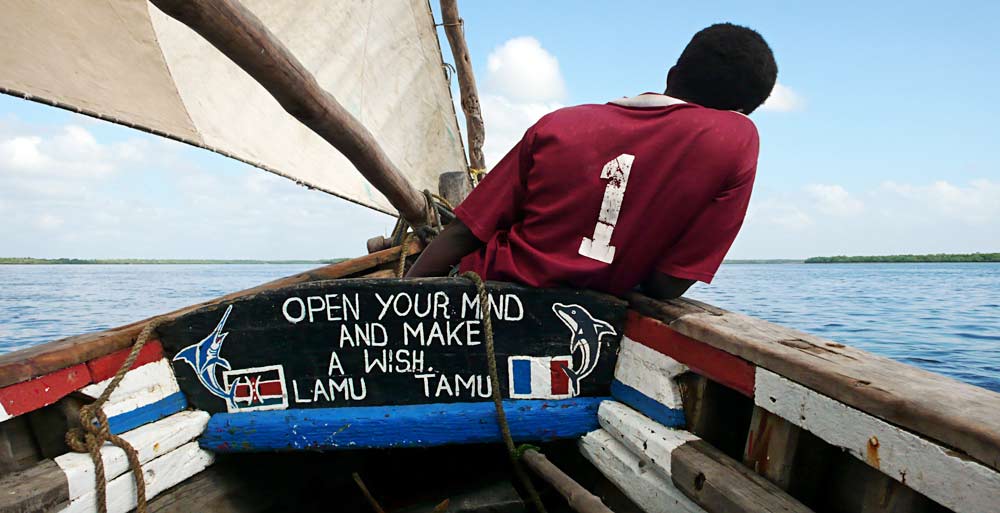
The Lamu Archipelago
The Lamu Archipelago is located in the Indian Ocean just off the northern coast of Kenya. It comprises five islands: Lamu Island, Pate Island, Manda Island and the smaller islands of Kiwayu and Manda Toto. The largest town in the archipelago is Lamu Town, on Lamu Island – its ‘Old Town’ is on the UNESCO World Heritage List.
Here’s a taste of the many experiences on offer across the islands.
1. Take in the atmosphere of Lamu’s Old Town
Established in the 12th century, Lamu is Kenya’s oldest continually inhabited town. Down the centuries it has been influenced by the Arabs, the Portuguese, the Omanis, the Germans, the Sultan of Zanzibar and the British. And a dash of all of these influences have remained: the result is an exotic mélange that is both unique and entrancing.
Today the town is a living monument to its past. The old houses are built with coral walls two-feet thick. They have a series of alcoves rather than rooms; and their size is decided by the length of the mangrove poles that are used for both floors and ceiling. Many are three-storeys high and feature winding staircases, vast carved doors, intricate fret-work screens, balconies and flat roofs.

Lamu Old Town oozes Swahili culture: the ladies are veiled and the men wear wrap-around kikois. The children patter on bare feet through the alleys, and the old men gather to play dominoes in the crumbling medieval squares. The majority of the population are Muslims; and the town echoes to the call of the muezzin calling the faithful to prayer at the 23 mosques of the town.
2. Visit the cultural attractions in Lamu Town
Lamu Museum
Housed in a grand Swahili warehouse on the waterfront this dusty old museum provides an excellent insight into Swahili culture. There are some fascinating exhibitions an ancient Swahili artefacts, traditional boat-building, weddings, the famous Lamu door carvings and even silver jewellery.

Lamu Fort
Built by the Sultan of Pate in the 1800s, this squat castle holds the island’s library and Swahili poetry collection.
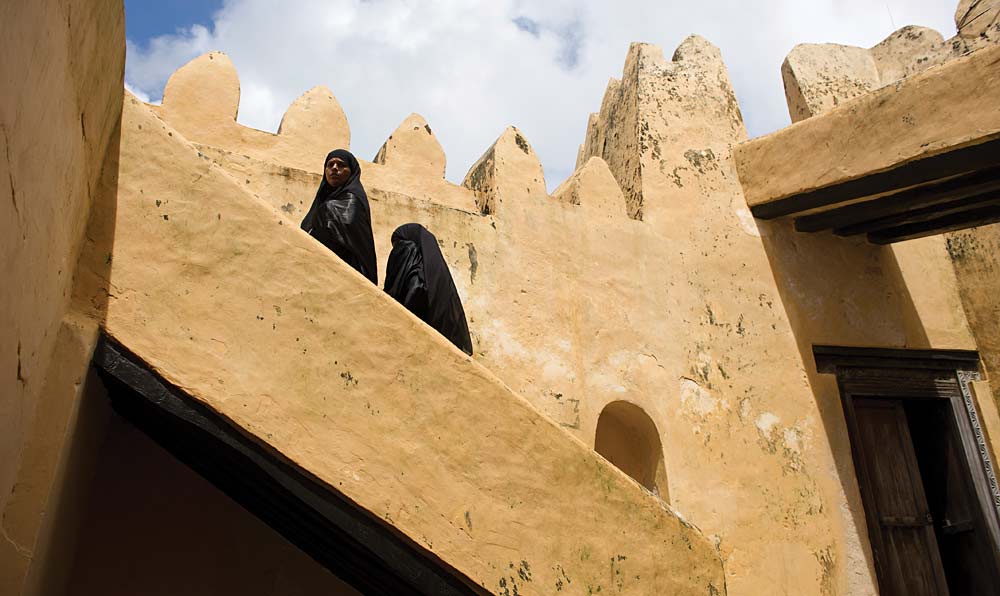
Lamu market
Atmospheric and chaotic this is the place to buy fresh fish, fruit, vegetables and spices. It is best visited in the early morning – be prepared to haggle.
Swahili House
Visit this perfectly preserved 16th-century mansion for the full-on flavour of Swahili life.
The German Post Office Museum
Built by the German East Africa Company in the late 1800s, this is now a photographic museum covering the brief period of German rule.
The Donkey Sanctuary
A man without a donkey IS a donkey or so says the Swahili proverb. Meanwhile, this sanctuary is devoted to giving shelter for some 3,000 donkeys that can no longer work.
3. Lie back and enjoy the beach life on Lamu Island
A place of clear blue waters and gorgeously tropical temperatures (30 degrees Celsius on average), Lamu is a water lover’s paradise. Choose from snorkeling, diving, numerous watersports and dhow trips to deserted sand spits. It’s also a great place for walking the dunes and beaches or camel riding.
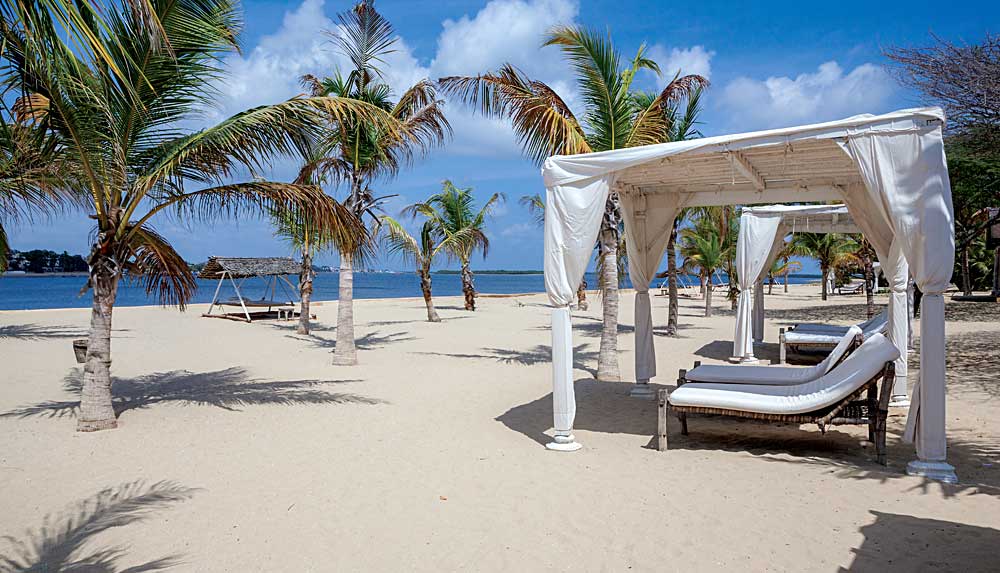
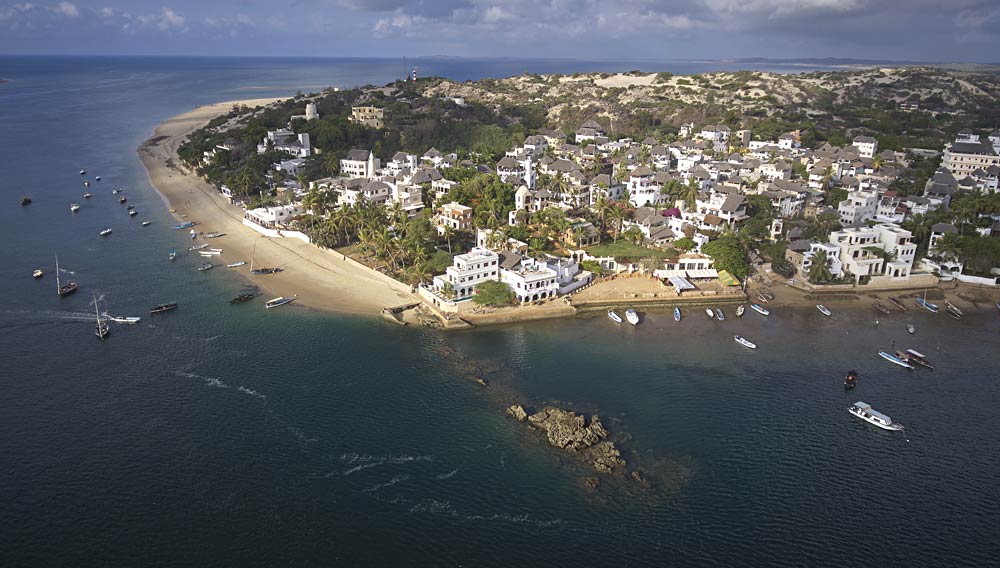
A few kilometres south of Lamu town is Shela – one of Lamu’s fishing villages. It’s an enchantingly pristine place with a stunning 12 km of beach, perfect for a stroll.
On the opposite side of Lamu island to Lamu town is the village of Kipungani. A place of dreamy beaches and the centre for dhow building and palm-mat weaving.
4. Take a boat trip to Lamu’s neighbouring islands
Manda Island, Lamu
Manda Island is a short boat hop from Lamu. Here you will find dunes, mangroves and the fabulous Takwa Ruins, all that remains of a glorious 15th century city.

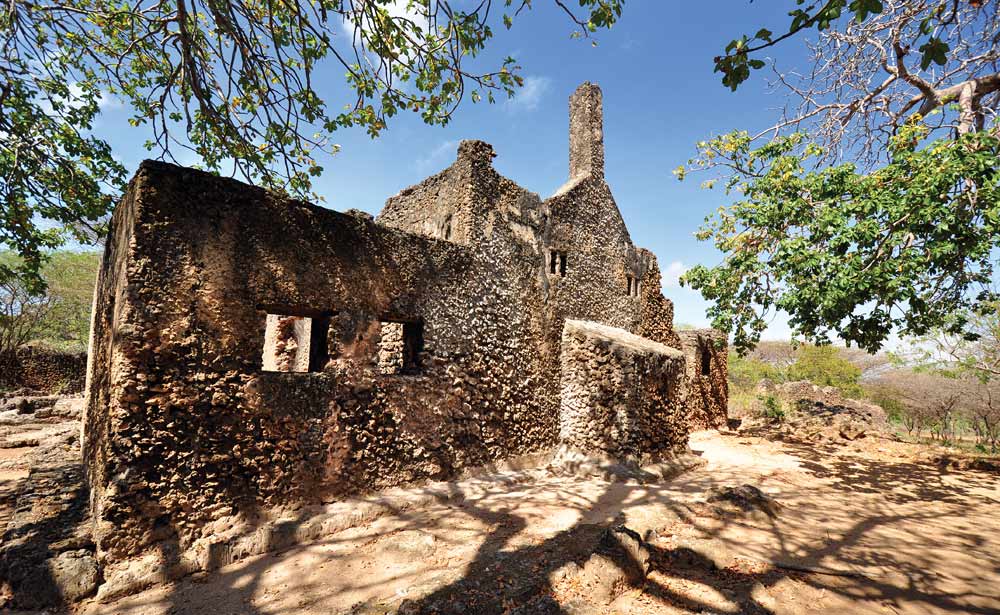
Pate Island, Lamu
Pate Island is a forgotten Swahili world. It is also the site of Shanga, the world’s most complete example of a medieval Swahili town.
Kiwayu Island, Lamu
Remote, pristine and romantic, Kiwayu lies at the far northeast of the archipelago and has a reputation for causing all its visitors to fall hopelessly in love.
The island is also ideally situated within the Kiunga Marine National Reserve. A pristine string of 51 rugged coral isles, ringed by rainbow coral reefs, Kiunga promises turtles, dugongs and an underwater world of unbelievable colour, discovery and vibrancy. It’s the perfect place for a spot of snorkelling. To read more about the Kiunga Marine Reserve, click here.
5. Take part in one of Lamu’s fabulous festivals

Lamu excels in festivals; the most famous is the Maulid, which features dhow races, donkey races, poetry, theatre, and an extravaganza of food. But there’s also the Lamu Cultural Festival, an Art Festival and a Yoga Festival.
6. Hit the markets for some souvenir shopping
Lamu’s unique buys include exquisitely hand-carved furniture, Arabian antiques, copper lanterns, hand-made jewellery, kikois and exotic fashions. A great place to start is Gallery Baraka, famous for its wide selection of tribal masks, hand woven textiles, elaborate beadwork and incised stone boxes.
7. Sample Swahili cuisine
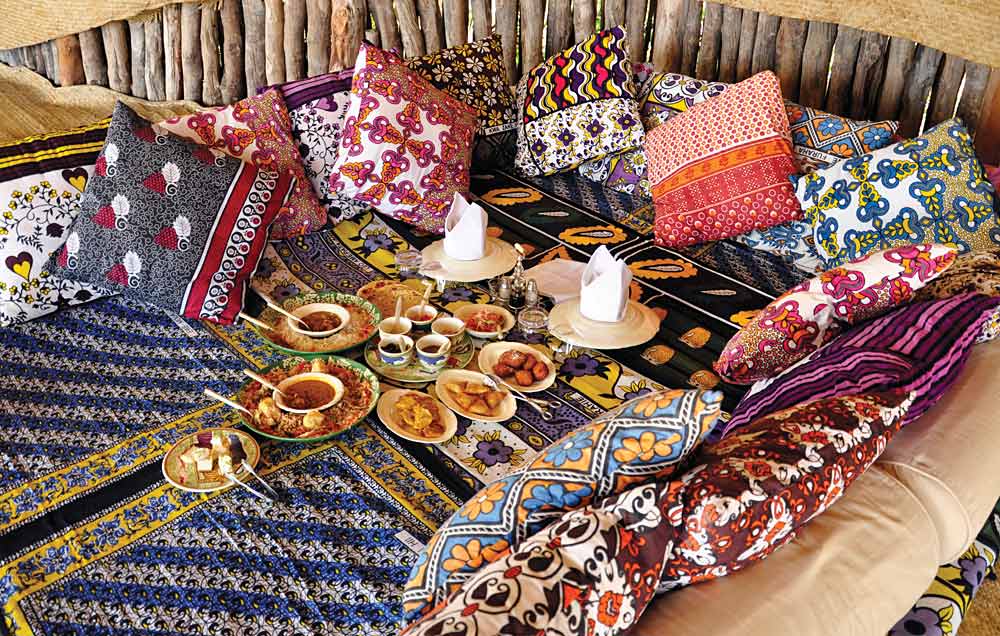
An extravagant fusion of Arabic and African, Swahili cuisine is a sublime blend of impossibly fresh fish, coconut, lime, spices and rice with plenty of fabulous fruit juices and spiced Arabic coffee.
© 2025 Kenya Holidays
